10 min to read
Learn API Inside Out
“An Application Program Interface(API) that provides a developer with programmatic access to a proprietary software application. A software intermediary that makes it possible for application programs to interact with each other and share data.” What Is An API? So API is a communication protocol between the client and the server that simplifies the building of client-side software. It has been described as a “contract”, such that if the client requests in a specific format, it will always get
“An Application Program Interface(API) that provides a developer with programmatic access to a proprietary software application. A software intermediary that makes it possible for application programs to interact with each other and share data.”

What Is An API?
So API is a communication protocol between the client and the server that simplifies the building of client-side software. It has been described as a “contract”, such that if the client requests in a specific format, it will always get a response in a specific format or initiate a defined action.
API can be for a web-based system, operating system, database system, computer hardware, or software library. An API specification can take many forms, sometimes it includes specifications for routines, data structures, object classes, variables, or remote calls. APIs are implemented by function calls that are composed of verbs and nouns. The required syntax is described in the documentation of the application being called. API improves the customer experience by providing greater functionality and scope of services within a single application or other digital elements.
“An API is a very useful mechanism that allows two pieces of software to exchange data and messages in a standard format. Thus it becomes an instrument to search for new revenue streams. Open the doors to talent, or innovatively automate processes.”
API: A Data Revolution
- Effortless Integration
Allows partners and customers to access your systems stably and securely. - Cloud Computing
APIs are needed for both the initial migration and integration with other systems. - Competitive Market
The market is now so competitive that a company’s success may depend on how usable its API is. - Mobile phones
Devices embedded with sensors fit the service-based structure of APIs perfectly. - Flexibility
APIs allow you to quickly leverage and use your desired services. This lowers risks and allows for greater innovation. - Proven Success
Companies that adopted an API-first strategy disrupted entire sectors.
Types Of API: Pick The Right
Software providers may use one of several API types, depending on their preferences and the functionality they are offering. As it's good to know all about the path you choose here are the possible integration and development between different software platforms.
REST
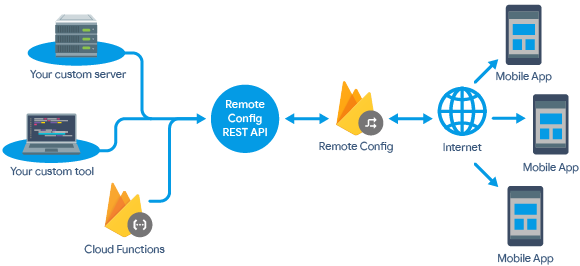
REST, or Representational State Transfer, is the most common API category that is not dependent on a specific protocol. It offers a flexible integration option that makes developers able to achieve their goals by using a standardized set of processes to achieve their goals. It provides a straightforward architectural style and streamlines the connection between the client and the server. REST is considered a relatively user-friendly API to work with, and many developers are experienced in this technology.
SOAP
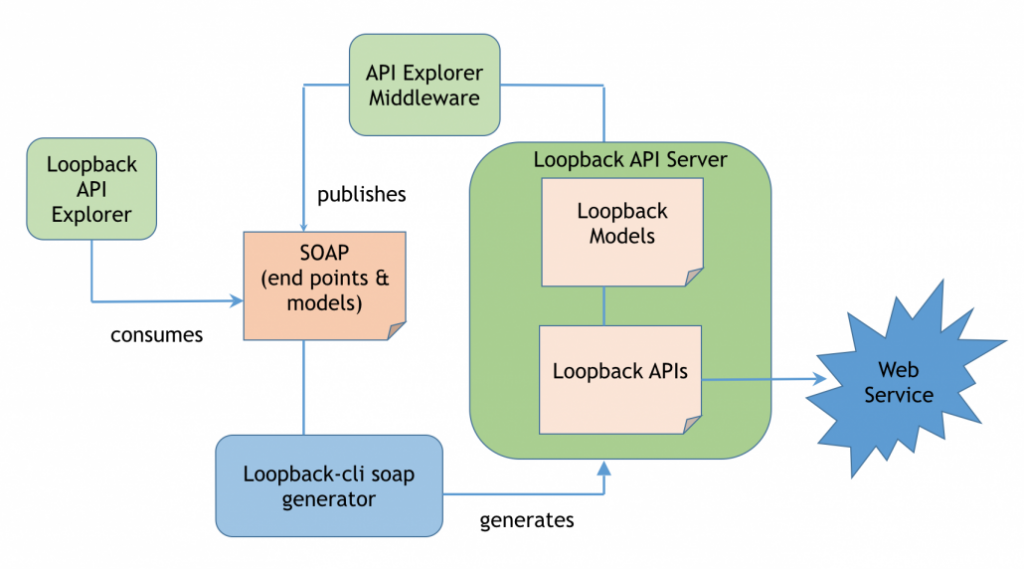
SOAP, or Simple Object Access Protocol, is an API that connects different platforms through HTML and XML. The structure and requirements for SOAP are more rigid than REST, and it’s defined by a specific protocol. Web applications have started moving away from this older traditional type. It is hard to implement flexible integration here. However, this structure does allow for more stringent security measures and includes stateful operations without custom coding.
ASP.NET

ASP.NET is a specific form of REST API .NET technology. The main benefit of using this type is the structured framework that’s in place. If you are working with windows-based technology, you can send HTTP protocol messages to a variety of platforms. Dot NET framework is lightweight and easy to work with, which can speed up development time and add flexibility to your third-party integration.
API Lifecycle: 4 Stages
API’s lifecycle summarizes the whole lifespan, right from initial conception, to deprecation and final retirement. APIs’ lifecycle varies with its core functionality and the nature of software or business. Let’s analyze the four stages of the API lifecycle.

API Planning, Design, Analysis
This stage is generally called the API Requirement Definition stage. In this stage, providers need to determine a definition in which they have to give the reason for creating a new API, the objective that it will achieve, and the overall business strategy that will be implemented. It has to be analyzed whether creating an API would solve the existing requirements. And after its establishment, the purposes of the API are to evolve with the overall organizational objectives.
At this stage some points have to be decided:-
1) API growth model
2) Projection/Predictions of usage
3) Mission statement(s)
4) Expected returns from the API
5) API marketing and promotional methods to be adopted.
Once these have been decided another extremely important element is, finalizing the type of API to create.
1) Public APIs
2) Private APIs
3) Partner APIs
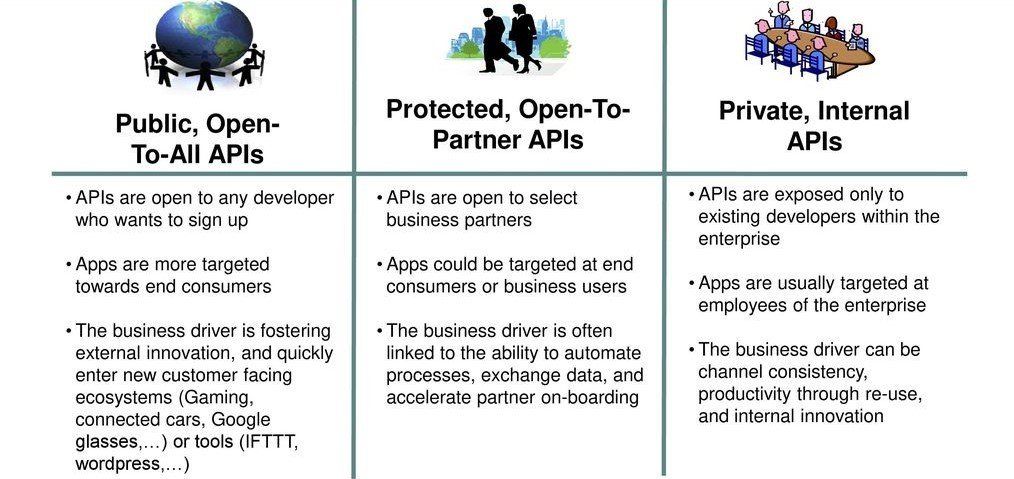
API Development And Integration
API providers must understand the exact technical requirements and capabilities of the program interface. With the API hosting tools and management methodology, an understanding of the protocols to be used is important. Developers need to be aware of all the operations as well, the security features, access control options, and the quality of end-user experience the API will provide. The scalability and the size of APIs are also points to consider.
There are many API development frameworks, depending on the programming language used by developers. Here are a few of them:-
a) Sinatra and Grape (for Ruby)
b) REST.li and JAX-RS (for Java)
c) Slim (for PHP)
d) Restify and Express.js (for Node.js)
e) Django and Flask Web (for Python)
Note: AppNow is also an often-used tool for API prototyping, data model specification and deployment, and demonstrations. Deployment with AppNow (with CRUD RESTful API and AngularJS) can be tested with the Swagger tool.
Versioning is one of the most important parts of this stage. Versioning is important to keep things systematic.
It included:-
i) API designing (ensuring both human-usability as well as machine-readability)
ii) API construction
iii) API security (through access control tools)
iv) API testing
The rate limit is a common security strategy for APIs. These put an upper limit on the total number of network requests within a period. As the API lifecycle is iterative, it is easy to go back to the Analysis stage at any time and make changes, as and when required.
API Operations and Management
By the end of Stage 2, a two-way connection between the API backend and the corresponding website or mobile app has been established. In this stage, an intermediate layer- API management is created and inserted between the two, to boost API intelligence and performance levels.
Systematic API management helps in:-
a) Making the user behavior more predictable.
b) Monitoring key API analytics to increase performance.
c) Establishing an API monetization scheme.
d) Securing the API endpoints.
One of the biggest inclusion in the third stage of the lifecycle is API testing and bug fixing. This makes the interfaces smoother and glitch-free. Initial user opinions and feedback also need to be collected and analyzed.
Note: API documentation, initiated in the previous stage, has to be regularly updated and maintained during the Operations stage. All the changes made in the structure of the API should be recorded in the documentation/changelog/release notes.
In the API Management layer, developers have to work with 2 separate URLs:
a) The first URL exists between the application/website (final product) and the management tab. It is published and is viewable to everyone who has authorized access to the interface.
b) The second URL exists between the management tab and the API. This one remains private and is not accessible to any third-party entity.
There are some features and solutions that any standard API management platform should offer. These include the API contracts, the security, and access controls, the documentation, developer portal access, analytics and usage, and of course, all billing-related information.
API Engagement, Adoption, and Retirement
There are 2 major components in any campaign to drive up the engagement/ adoption rates of an API:
1) Boosting its discoverability and usability. Users should be able to find the API easily, and not run into any problems while working with the software.
2) Creating interesting use cases to highlight the utility of the API to app/web developers. Delivering top-notch developer experience (DX) is always of the essence.
API developer program typically has the following:
a) Developer portal (the main point of the entrance within the API)
b) API Evangelists (for online and offline promotion of APIs)
c) Pilot partners (for collecting feedback and suggestions)
d) Outreach acceleration with partners (for increasing the reach of API-related messages, with the help of partner organizations)
e) Community development (for selecting the right web and social media channels to promote APIs)
Note: Creating a scheme to monitor the effectiveness of marketing campaigns should also be a part of an exhaustive API Developer Program. All partners should be leveraged properly, to maximize the outreach of the API in existing markets.
Retiring an API is pretty much like discontinuing any piece of software. It happens when the usage metrics start to go down steadily, there is little or no innovation on the part of app developers, and/or a mismatch of revenue-related objectives.
API design: Does It Matter?
Building APIs is hard and should be very careful with your APIs. An API can be your best asset but also your biggest liability. A bad user experience while consuming your APIs will lead you to endless support calls and a bad reputation as well. This could make your service unreliable. So it’s important to plan before implementing your API. This is where you design and apply RESTful API description formats like the OpenAPI Specifications and API Blueprint.
- Defining API design
API design involves a lot more than the way you write normal code. Designing an API means providing an effective interface that helps your API’s consumers better understand, use and integrate with them while helping you maintain it effectively. API design should have:-
a) The structure of resources
b) The documentation of resources - Helps in Better implementation
An API’s design is a blueprint of what your API wants to achieve and gives a brief overview of all the endpoints and CRUD operations associated with each of them. An effective API design can greatly help in implementation and prevent complicated configurations. - Incremental development
API development is a continuous process. As your products and services evolve, so should your API. Having a clear design helps your organization and team know exactly which resources, or sub-resources, would need to be updated and prevent confusion. A well-designed API can prevent repeating work and help developers know exactly which resources would need to be updated and which ones should be retired. - Better Documentation
Documentation is crucial for building the interface that lets your API be consumed. In many cases, comprehensive documentation is done only after the API’s resources and response-request cycles are mapped out. A solid initial structure makes documenting the API faster and less error-prone. - Improves Developer Experience
A good API design makes the life of the end developer easy. It’s quick to understand with all the resources well organized, fun to interact with, and easy to look at, so the people who consume your API have a smooth experience working with it.
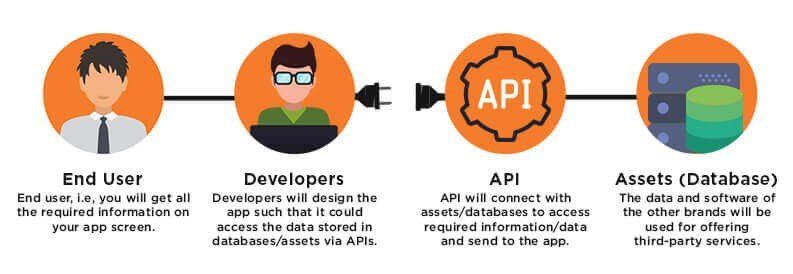
How An API Works
How are APIs work in the real world? Let’s look at this example of booking a flight.
When you search for flights online, you have a menu of options to choose from. You choose a departure city and date, a return city and date, cabin class, and other variables like your meal, your seat, or baggage requests.
To book your flight, you need to interact with the airline’s website to access the airline’s database to see if any seats are available on those dates, and what the cost might be based on the date, flight time, route popularity, etc.
You need access to that information from the airline’s database, whether you’re interacting with it from the website or an online travel service that fetches information from multiple airlines. Alternatively, you might be accessing the information from a mobile phone. In any case, you need to get the information, and so the application must interact with the airline’s API, giving it access to the airline’s data.
The API is the interface that, runs and delivers the data from the application you’re using to the airline’s systems over the Internet. It also then takes the airline’s response to your request and delivers it right back to the travel application you’re using. Moreover, each step of the process, it facilitates the interaction between the application and the airline’s systems – from seat selection to payment and booking.
APIs do the same for all interactions between applications, data, and devices. They allow the transmission of data from the system to the system, creating connectivity. APIs provide a standard way of accessing any application data, or device, whether it’s accessing cloud applications like Salesforce, or shopping from your mobile phone.
Most Popular APIs
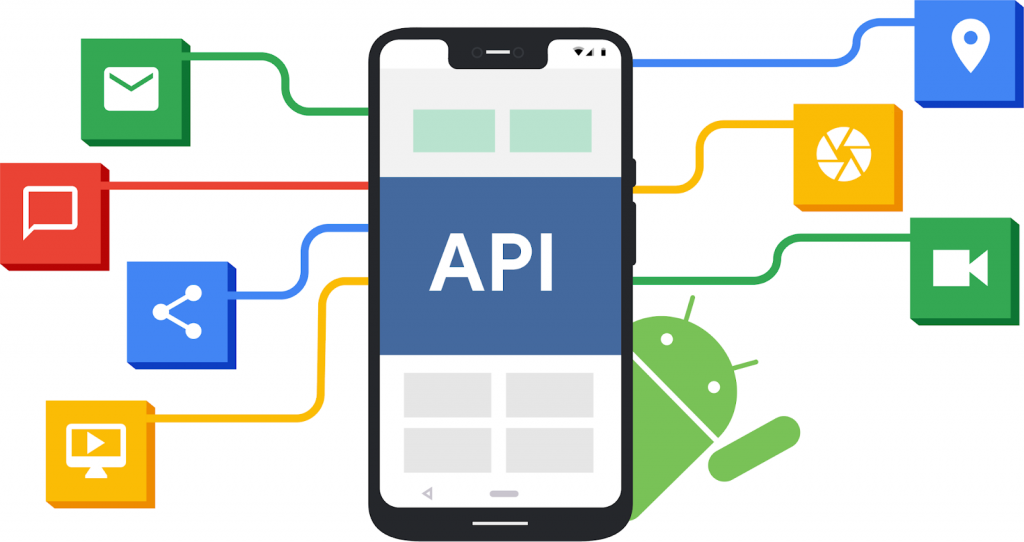
- Google Maps API:- Developers embed Google Maps on webpages using a JavaScript or Flash interface. Google Maps API is designed to work on mobile devices and desktop browsers.
- YouTube APIs:- Google’s APIs let developers integrate YouTube videos and functionality into websites or applications. YouTube APIs include the YouTube Analytics API, YouTube Data API, YouTube Live Streaming API, YouTube Player APIs, and others.
- Flicker API:- The Flicker API is used by developers to access the Flick photo-sharing community data. The Flickr API consists of a set of callable methods and some API endpoints.
- Twitter APIs:- Twitter offers two APIs. The REST API allows developers to access core Twitter data and the Search API provides methods for developers to interact with Twitter Search and trends data.
- Amazon Product Advertising API:- Amazon’s Product Advertising API gives developers access to Amazon’s product selection and discovery functionality to advertise Amazon products to monetize a website.
🚀 Try Codersera Free for 7 Days
Connect with top remote developers instantly. No commitment, no risk.
Tags
Trending Blogs
Discover our most popular articles and guides
10 Best Emulators Without VT and Graphics Card: A Complete Guide for Low-End PCs
Running Android emulators on low-end PCs—especially those without Virtualization Technology (VT) or a dedicated graphics card—can be a challenge. Many popular emulators rely on hardware acceleration and virtualization to deliver smooth performance.
Android Emulator Online Browser Free
The demand for Android emulation has soared as users and developers seek flexible ways to run Android apps and games without a physical device. Online Android emulators, accessible directly through a web browser.
Free iPhone Emulators Online: A Comprehensive Guide
Discover the best free iPhone emulators that work online without downloads. Test iOS apps and games directly in your browser.
10 Best Android Emulators for PC Without Virtualization Technology (VT)
Top Android emulators optimized for gaming performance. Run mobile games smoothly on PC with these powerful emulators.
Gemma 3 vs Qwen 3: In-Depth Comparison of Two Leading Open-Source LLMs
The rapid evolution of large language models (LLMs) has brought forth a new generation of open-source AI models that are more powerful, efficient, and versatile than ever.
ApkOnline: The Android Online Emulator
ApkOnline is a cloud-based Android emulator that allows users to run Android apps and APK files directly from their web browsers, eliminating the need for physical devices or complex software installations.
Best Free Online Android Emulators
Choosing the right Android emulator can transform your experience—whether you're a gamer, developer, or just want to run your favorite mobile apps on a bigger screen.
Gemma 3 vs Qwen 3: In-Depth Comparison of Two Leading Open-Source LLMs
The rapid evolution of large language models (LLMs) has brought forth a new generation of open-source AI models that are more powerful, efficient, and versatile than ever.